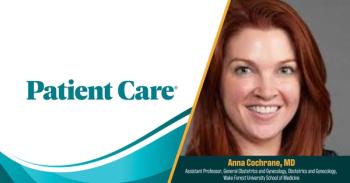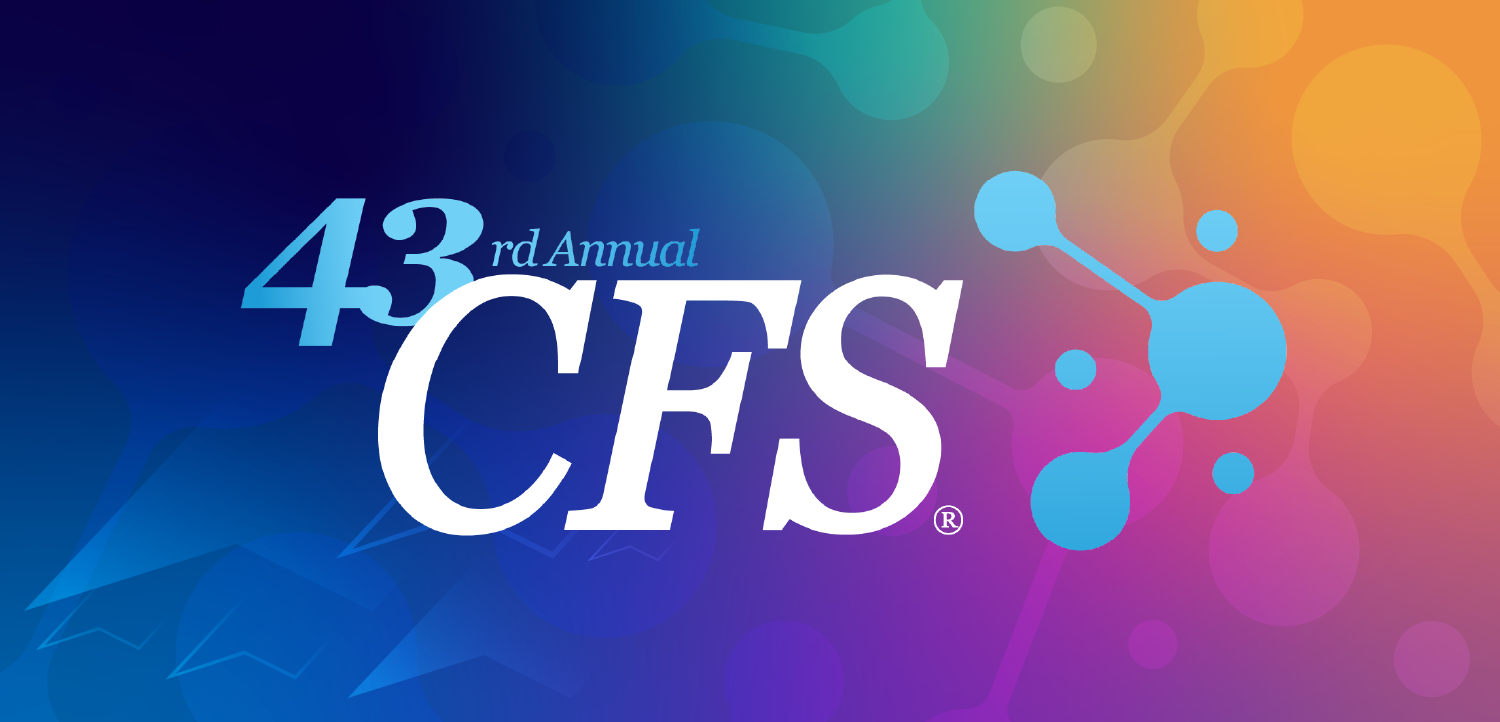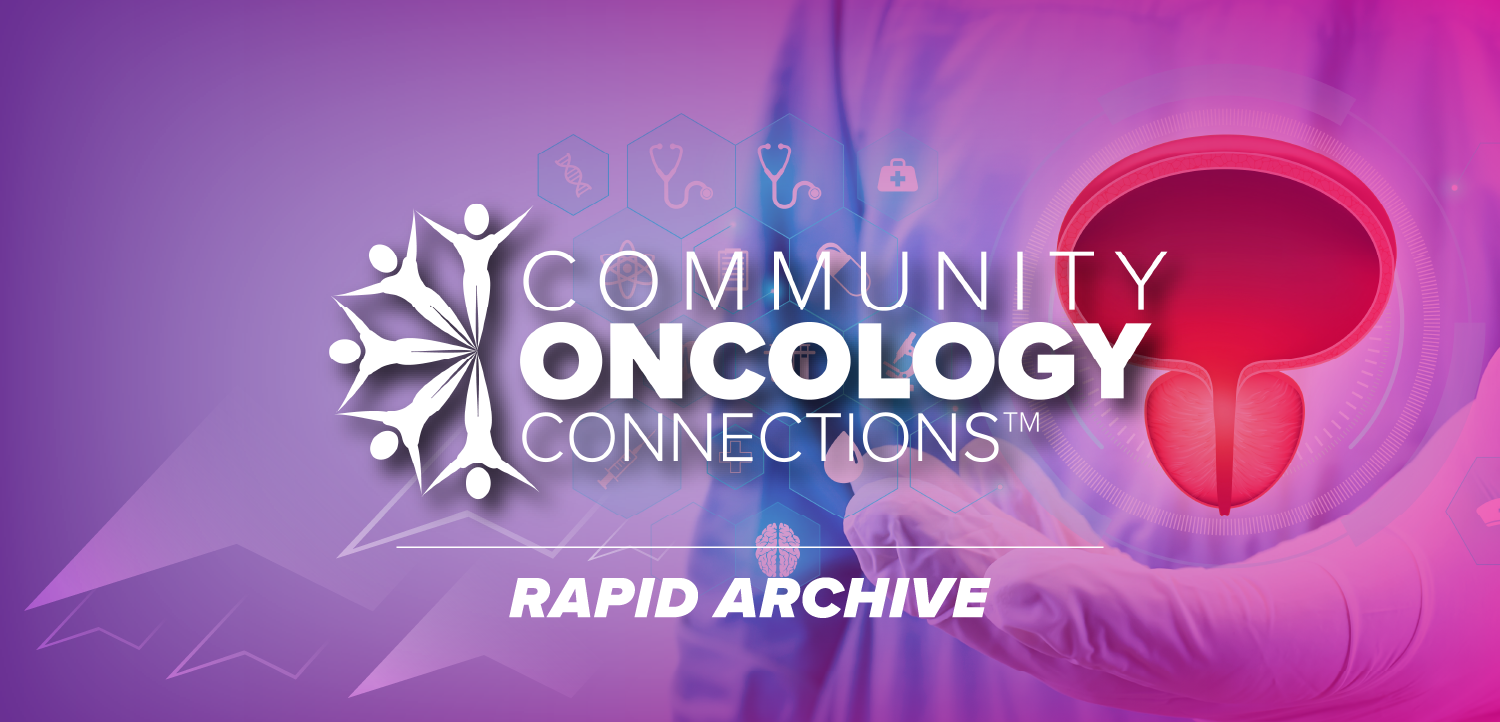
Can Telehealth Bridge Disparities in Access to Pulmonary Rehab?

DALLAS--In a session at the American Thoracic Society meeting this week study authors reported on gaps in post-discharge care for COPD and on tele-rehabilitation as possible bridge.
Chronic obstructive pulmonary disease (COPD) is the fourth leading cause of death in the United States, and pulmonary rehabilitation has been shown to improve outcomes and reduce hospital readmissions among these patients. However, studies have shown that only a fraction of patients who need pulmonary rehabilitation actually receive it.
Disparities in access and the emergence of telehealth as a modality to more conveniently deliver pulmonary rehabilitation received significant attention during a session titled “Pulmonary Rehabilitation 2019” at the American Thoracic Society Meeting 2019 held May 17 – 22, 2019, in Dallas, Texas. Several studies were presented that revealed new insights into both areas of research.
The rehab gap
Carolyn Rochester, MD, Medical Director of the Yale COPD Program, Yale School of Medicine in New Haven, Connecticut, highlighted top research in pulmonary rehabilitation for 2018-2019. One
These findings dovetailed with
Rates vary by hospital-referral region. Using the hospital-referral region as a measure of geographic location, study researchers found that a median of 2% of Medicare beneficiaries (range, 0.5% – 7.1%) included in the analysis received pulmonary rehabilitation after hospital discharge for COPD exacerbation. This rate varied across hospital-referral region, with higher rates in the Midwest and hospital-referral regions with greater pulmonary rehabilitation program density.
However, the median rate of pulmonary rehabilitation was lower among African-Americans (1.2%; IQR, 1.1 – 1.2) compared to whites (2.1%; IQR, 1.5 – 2.9). Furthermore, while program density was associated with higher rates of pulmonary rehabilitation among white Medicare beneficiaries (P<.0001), no such association was seen among African-Americans. These findings suggest that the lower rates of pulmonary rehabilitation receipt among African-Americans cannot be explained by geographic differences.
“We need to add more [pulmonary rehabilitation] programs definitely, but adding more programs is not going to solve this disparity that we’re seeing,” said study presenter Kerry Spitzer, PhD, MPA, Institute for Healthcare Delivery and Population Science, Baystate Health, in Springfield, Massachusetts.
Telehealth for pulmonary rehabilitation. Pulmonary rehabilitation not only has low uptake but also high dropout rates, and telehealth has emerged as a modality to help counteract this problem. In fact, Yale's Dr Rocheter highlighted a recently
Specifically, the all-cause remission rate was significantly lower among telehealth group participants compared to those in the standard of care group (6.2% vs 18.1%; P<.013). The acute exacerbation COPD readmission rate was also lower among the telehealth group (3.8% vs 11.9%; P=0.040).
Also discussed during the session were
The trial enrolled 134 patients with severe and very severe COPD and randomly assigned them to either pulmonary tele-rehabilitation (n=67) or conventional pulmonary rehabilitation (n=67). The tele-rehabilitation intervention consisted of 60 minutes 3 times per week for 10 weeks, and the conventional pulmonary rehabilitation program consisted of 90 minutes 2 times a week for 10 weeks. The primary outcome was difference in 6-minute walk distance.
The study failed to showed superior 6-minute walk distance among patients in the tele-rehabilitation group or higher adherence rates compared to the conventional program group, but did show higher completion rates in the former (odds ratio=3.18; 95% CI, 1.37 – 7.35; P<.01).
Study authors note that tele-rehabilitation could potentially provide an equally effective alternative to conventional pulmonary rehabilitation but implementation would require evidence from a randomized controlled trial designed to explore noninferiority.
Newsletter
Enhance your clinical practice with the Patient Care newsletter, offering the latest evidence-based guidelines, diagnostic insights, and treatment strategies for primary care physicians.



























































































































































































































































































